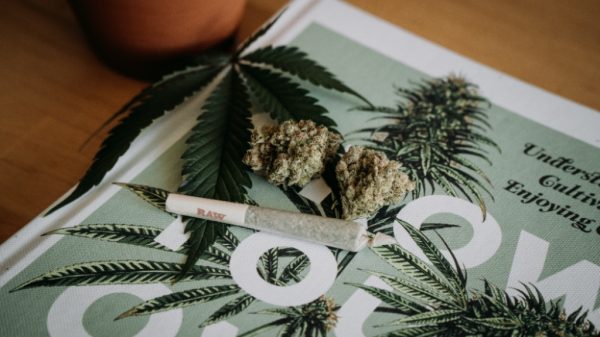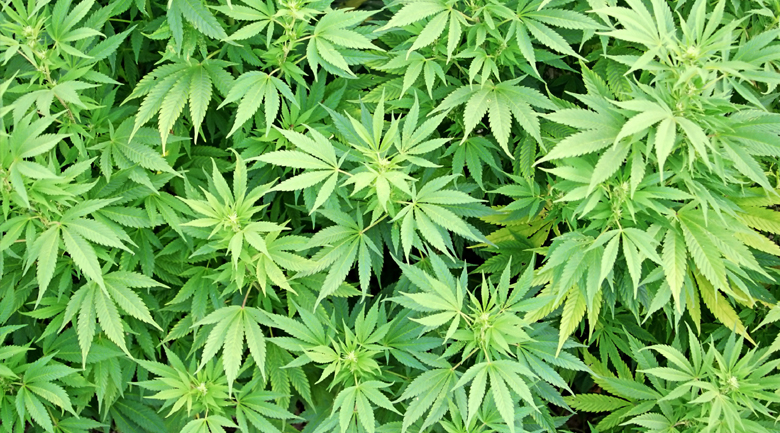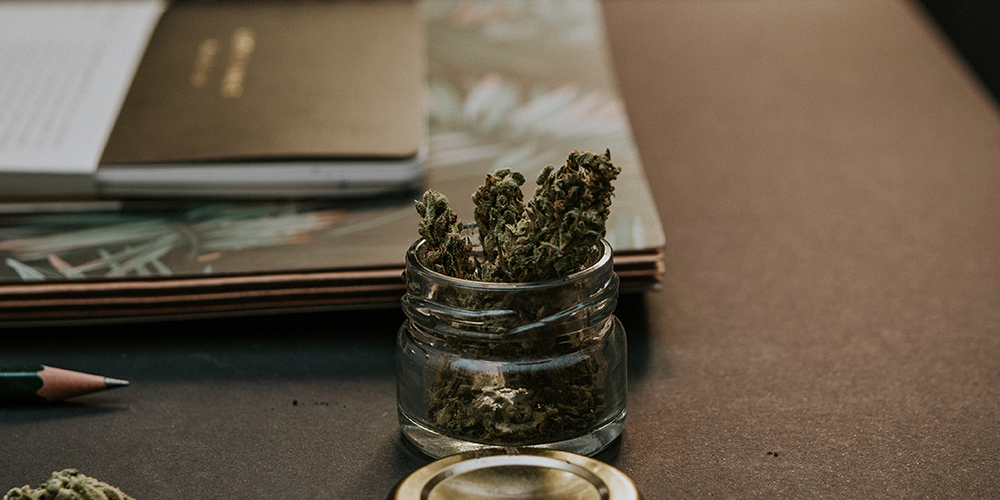As have nearly all consumer trends, the legal cannabis market has been noticeably affected by the coronavirus pandemic. When the pandemic first started, I heard a lot people in the industry predict sales would skyrocket. These are stressful times for everyone, and people need their vices! Especially since cannabis is considered an essential industry in states where consumption is legal, most predicted an uptick in sales. But the data shows it’s not so cut and dry.
According to a study done by Marijuana Business Daily in late September, which focused on 4 recreational states – California, Colorado, Nevada, and Washington state – it seems that sales are all over the place.
The data shows that while shoppers are spending more on cannabis per visit, they are shopping less in general. In the industry, this is called “basket size”. So yes, basket size is up, but the number of visits and number of baskets sold has generally declined. People are stocking up for safety and/or scheduling reasons, and this trend is certainly not unique to cannabis (Hint: remember toilet paper hoarding?).
One anticipated spike in cannabis sales across the board was on April 13th, when federal stimulus packages went out. For some who don’t have a medical condition alleviated by the effects of the plant, cannabis is not a staple. But if there’s extra cash laying out, you bet your bottom dollar that they’re going to stock up at their local dispensary. Makes sense to me.
Conversely, the lowest sales ever for the industry was in mid-late March, when recreational sales dropped by almost 50%. I’m guessing this was because of the newly implemented shelter-in-place orders, as well as the mass angst and confusion of the early pandemic.
That being said, there was a quick bounce back as cannabis retailers were treated favorably by state governments and were allowed to stay open or provide curbside service. Like other industries, cannabis retailers adapted to the pandemic after some time.
Legal cannabis is a relatively new industry that has grown exponentially since the passing of the 2018 Farm Bill, which removed hemp from the Controlled Substances Act (CSA). Up until the pandemic, cannabis sales have been relatively recession resistant.
This is why I find examining market trends in cannabis so fascinating – it’s a young industry that has only ever been on the up, so it acts as a sort of prism through which we can most accurately detect market trends.
Additionally, there is a new-found appreciation (dare I say, requirement) for mental health and wellness. People are looking for plant-based, not-toxic approaches to combatting their various woes during coronavirus. CBD, hemp, and other non-psychoactive substances are being consumed by new users who were previously uninterested in THC, the active psychoactive compound in the cannabis plant that gets you “high”.
I think if anything, the market will continue to expand into more cannabis-based products, while consumption of the plant will remain relatively steady. But at this point, it’s difficult to predict anything.
Anaïs DerSimonian is a writer, filmmaker, and educator interested in media, culture and the arts. She is Clark University Alumni with a degree in Culture Studies and Screen Studies. She has produced various documentary and narrative projects, including a profile on an NGO in Yerevan, Armenia that provides micro-loans to cottage industries and entrepreneurs based in rural regions to help create jobs, self-sufficiency, and to stimulate the post-Soviet economy. She is currently based in Boston. Besides filmmaking, Anaïs enjoys reading good fiction and watching sketch and stand-up comedy.










































Pingback: U.S retail sales slow to bounce back as COVID winter approaches
Pingback: This web platform for cannabis is blowing up online distribution